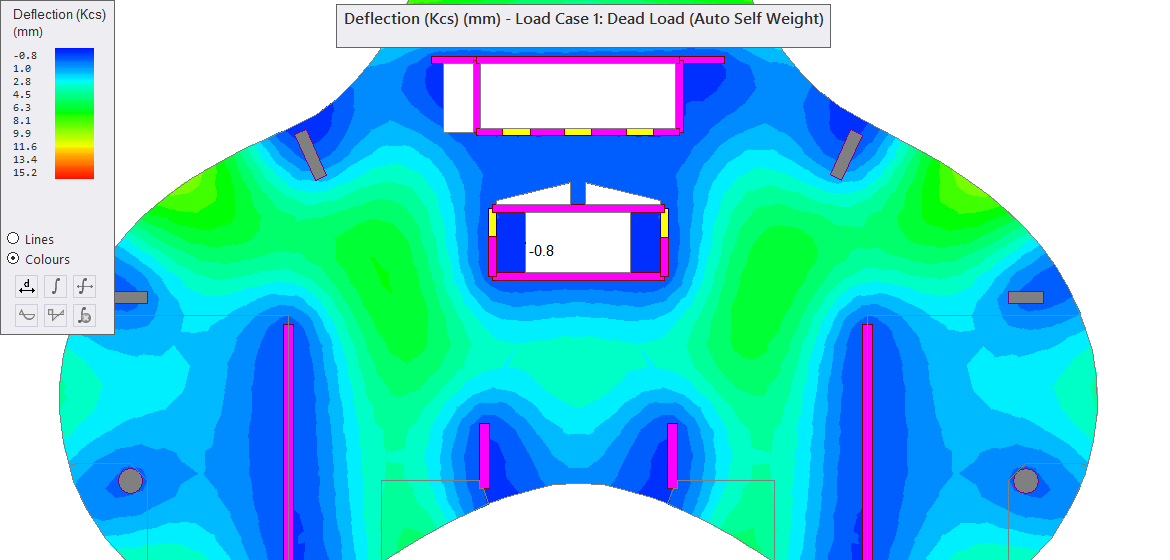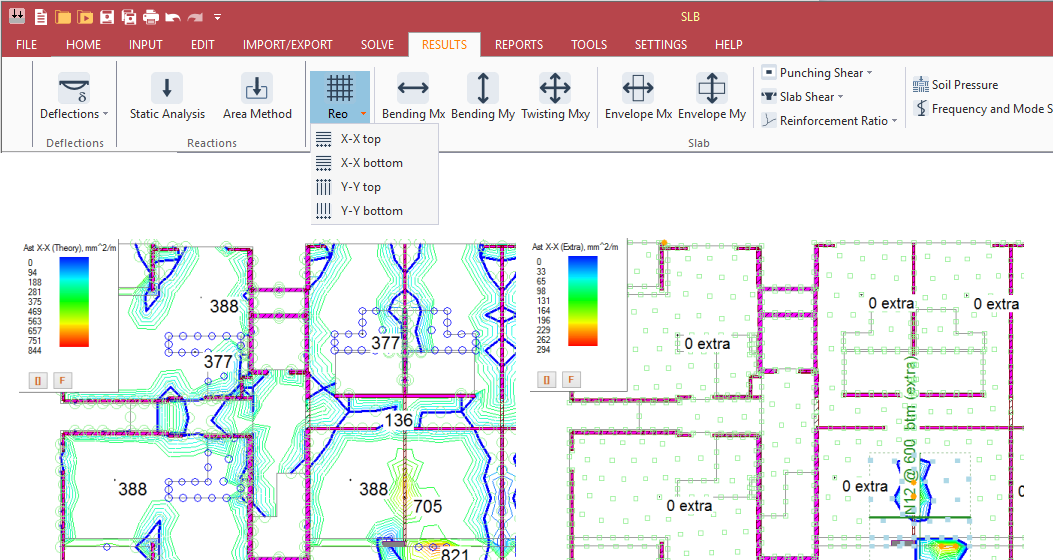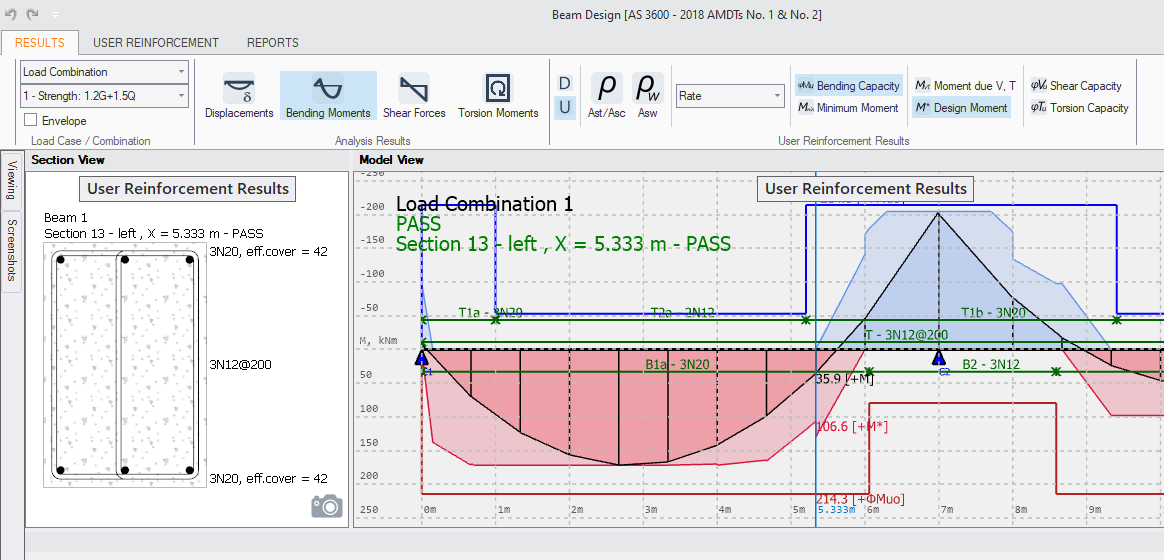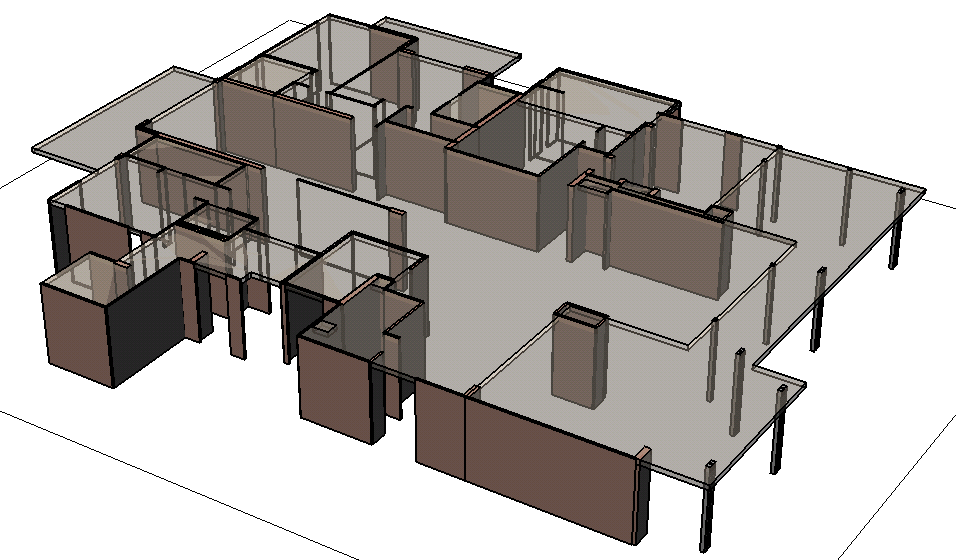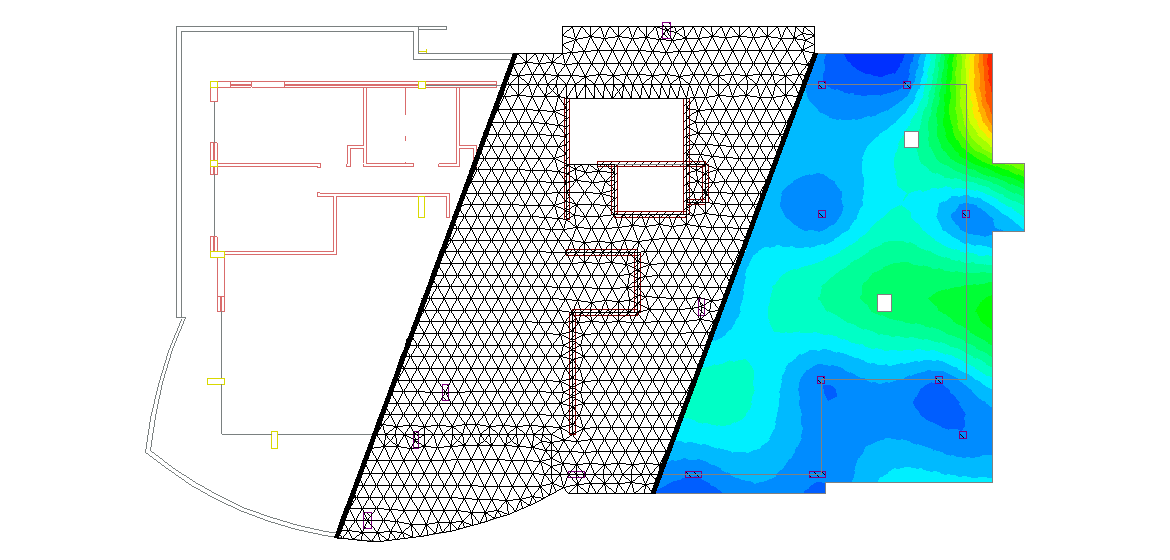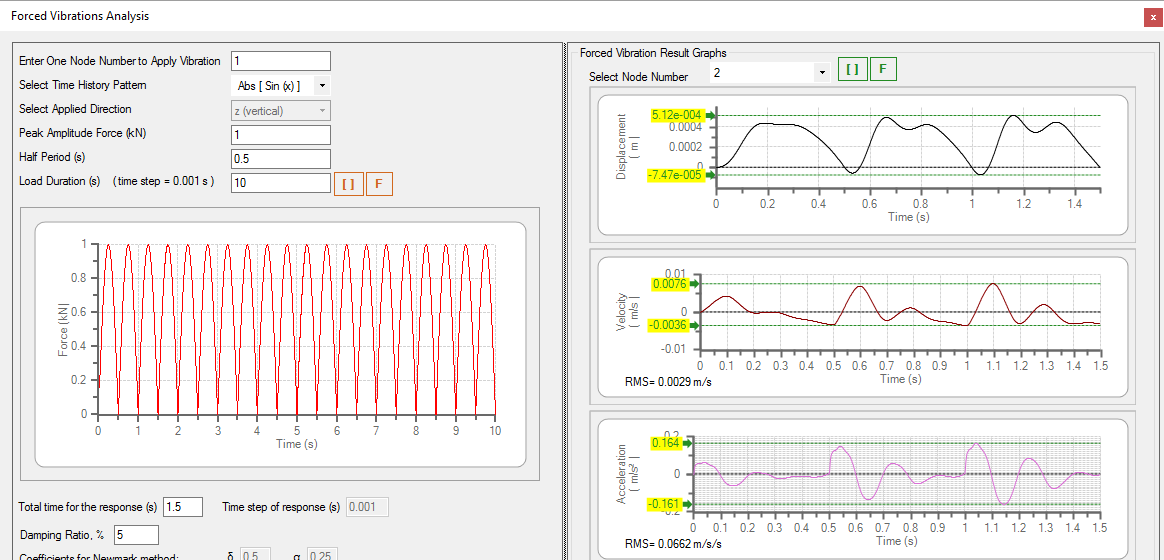SLB Overview
SLB is a software product for the analysis and design of suspended reinforced concrete slabs and slab-on-ground. It uses finite element analysis to analyse and design slabs of any shape with two-way action automatically considered.
Its predecessor SLABS has been used for 20 years by Australia’s consulting engineers, forming an integral part of their daily design, whilst incorporating the local design practices and traditions. SLB makes improvements on its predecessors core strengths further increasing ease of modelling and the speed of its design.
Structural models of any shape can be quickly created or imported from CAD or REVIT files or from other INDUCTA programs. Common information is input once and transferred between INDUCTA programs.
Slab-on-ground can be modelled using the simplified springs or using advanced soil-structure interaction. Deflections can be calculated using simple deemed to comply methods or direct calculation methods. Slab shear can be calculated directly using thick-plate theory, and punching shear is automatically calculated.
Reinforcement is designed to meet strength requirement as well as requirements for crack control for flexure and for shrinkage and temperature effects for both the slab and beams. User defined reinforcement can be easily input into the software to perform a design check and quickly produce an accurate steel quantity report even during the preliminary design stage.
SLB can perform a frequency analysis and forced vibration analysis of the floor plate for the design of floor systems with strict vibration limits such as hospital floors or to check the effects rotating machinery will have on the slab.
SLB offers a wide range of fast and intuitive modelling, analysis and design tools suitable for any reinforced concrete floor system.
Features

AS 3600 - 2018
Includes the latest version of Australian Standards for design of concrete structures.

Two-Way Action
The plate finite element analysis used in SLB automatically considers two-way action and can be used to model slabs of any shape without making assumptions about load path.

INDUCTA Modelling Concept
Easily model structures of any shape and orientation without specifying a working grid or creating beam strips.

Beam Design
The new beam and wide beam design module produces comprehensive design output for every section along the beam. The beam reinforcement can be modifed and checked.

Reinforcement Design
The SLB software designs top and bottom steel in the slab (in both orthogonal directions) and in all beams (bending and shear). The user can then specify reinforcement and check how efficient their design is and produce a steel rate.

Response Factor Analysis
Evaluate Response Factor based on the behaviour of the slab in response to Forced Vibration.

CAD and REVIT Import
Import individual floors using CAD files or REVIT files.

Reactions via Static Analysis or Floor Area
View reactions on screen or in in reports that are calculated using static analysis or floor (tributary) area.

Punching Shear Check and Design
Automatically calculate the punching shear perimeter, check punching shear and design any extra steel if needed.

Frequency Analysis
Perform a complete frequency analysis using SLB to evaluate mode shapes and associated frequencies of the slab floor plate.

Forced Floor Vibrations
SLB can be used to evaluate the time history of the displacement, velocity and acceleration due to a dynamic force applied at any point on the floor.

Beam and Band Beam Design
Beams and Band beams can be defined in any direction within a model and are fully integrated in the 3D floor system. A comprehensive design report is also produced.

Slab Shear by Thick Plate Theory
Slab shear can be calculated directly using the Mindlin / Reissner Element of Thick Plate Theory.

Slab-on-Ground
Model the soil using simplified springs (Winkler model) or using soil structure interaction in a linear elastic half-space to design slab-on-ground

Automatic Import / Export
Quickly import /export floors from and to RCB and PTD. Common data is input once and transferred across to all other INDUCTA software.

Joints / Corbels
Quickly define corbel joints in any location in the model.

Deflections
Long term deflections are evaluated using the deemed to comply kcs method, or directly calculated using the Age-Adjusted Modulus method or the Eurocode 2 approach.

Automatic Mesh Generation
Finite element mesh is automatically generated to modelled structural elements without the need to manually specify mesh subdivisions.

3D Viewer
View the structure in 3D and supply clients, architects and builders with the standalone 3D viewer allowing them examine your 3D model.

